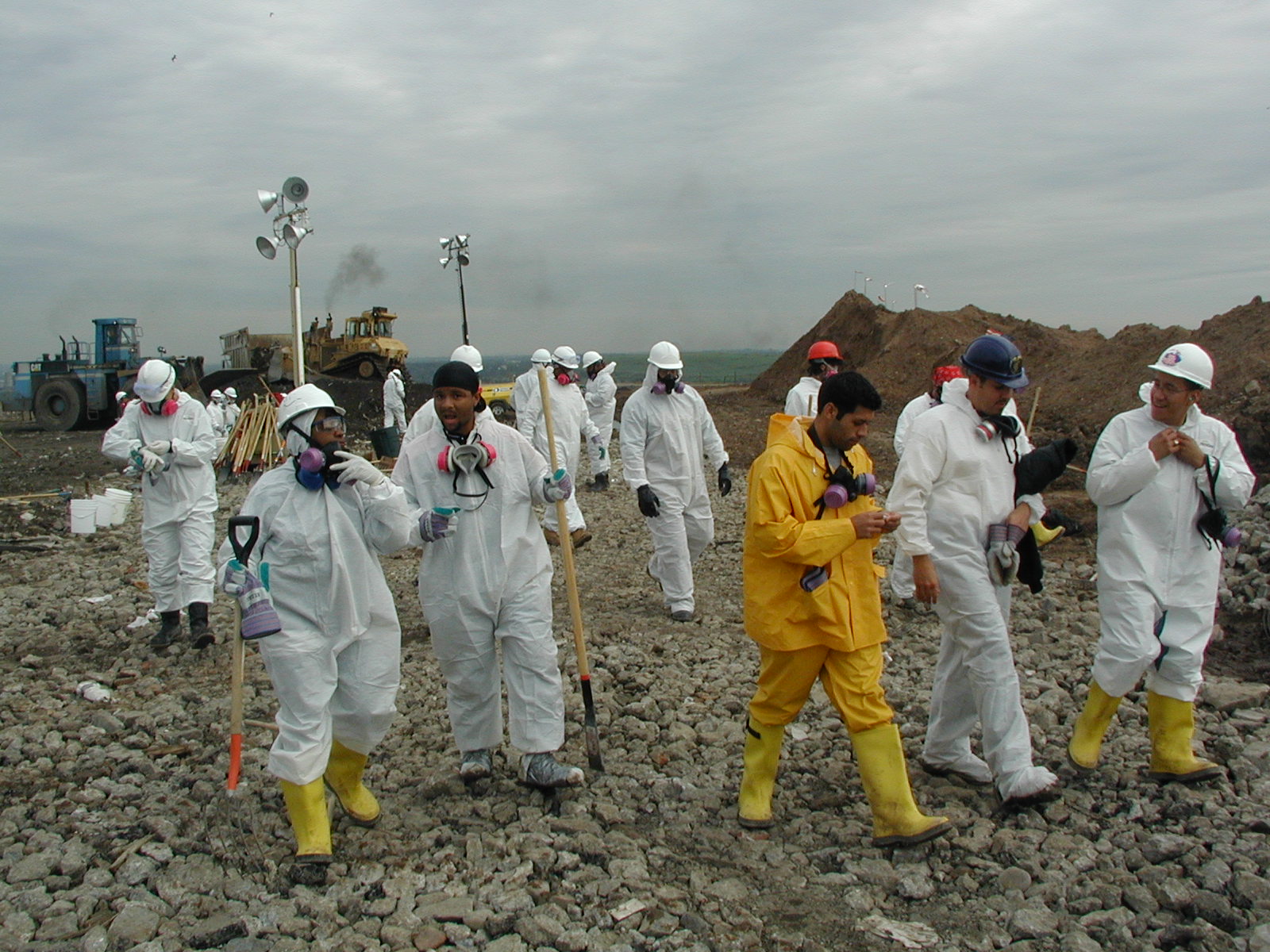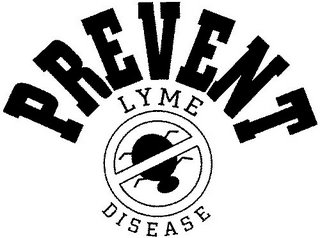Safety and health challenges in the construction industry often deter women from entering and staying in the field. While there are over 800,000 women working in the construction trades, this is still less than 10 percent of all American construction workers.
Environmental Health and Safety Blog | EHSWire
Topics: women working in construction, construction safety for women, safety and health challenges in the construction i, National Association of Women in Construction (NAW
OSHA, EPA, and ATF Issue Ammonium Nitrate Hazard Advisory
Posted by Shivi Kakar
The Occupational Safety and Health Administration (OSHA), the Environmental Protection Agency (EPA), and the Bureau of Alcohol, Tobacco, Firearms, and Explosives (ATF), issued an Ammonium Nitrate Hazard Advisory on August 30, 2013.
Topics: Emilcott, Ammonium Nitrate Hazard Advisory, ammonium nitrate (AN)
In the quest to find new and improved ways to release crude oil and natural gas from shale, various controversial methods have been developed and employed. One method, hydraulic fracturing, which is informally referred to as “fracking,” is a process that typically involves injecting water and chemicals under high pressure into a bedrock formation to create fissures from which natural gas and oil can be extracted. Hydraulic fracking is the most common method and has been the subject of recent controversy due to potential health, safety and environmental issues. The majority of fluid used in hydraulic fracking is millions of gallons of water, with less than one percent comprised of other chemicals.
Topics: hydraulic fracturing, fracking, acidizing, hydrofluoric acid (HF acid), Robert Collier Distracted by Fracking, Safe Drinking Water Act, Clean Air Act and Clean Water Act, California Occupational Safety and Health Administ
Respirator Design Improvement Post 9/11 Recovery -Just Half the Story
Posted by Shivi Kakar
The New York Times reporter Anthony DePalma did an excellent job in stressing the importance of a ensuring the proper use and proper fit of respiratory protection in his article of 9/9/2013, Improving Respirator Masks to Put Fresh Air in Reach. He discussed the need for improving the design of these masks, particularly so that they fit more universally, therefore making them even more effective or “user friendly”, and ultimately more protective for those who need to wear this equipment while working in hazardous environments.
The headline made it to the front page of the New York Times on August 24, 2013 on the bottom right corner a headline read “New OSHA Rule on Silica” … The complete article was on the front page of the Business section of the New York edition. This is BIG NEWS. As an industrial hygienist working in the New York City metro area for 30 years, I don’t ever recall a proposed rule of an occupational exposure limit hitting the front page of the business section of the NY Times.
Topics: New OSHA Rule on Silica, silica dust exposure, OSHA releases new silica rule
New estimates just released by CDC studies indicate that Lyme Disease is diagnosed approximately 10x more frequently than previously thought, around 300,000 cases per year as opposed to the 30,000 previously reported. This doesn’t include the individuals who are not diagnosed or misdiagnosed or those that have not yet exhibited symptoms of the disease. The majority of cases occur in the Northeast or northern Midwest regions. In addition, there are many other tick-borne diseases that often go undiagnosed. CDC has called Lyme a “tremendous public health problem” and indicates that additional prevention steps should be undertaken, including tick reduction in communities.
Topics: lyme disease, information on lyme disease, how to treat lyme disease
Formaldehyde in Hair Care Products Presents Health Risks to Employees
Posted by Shivi Kakar
A recent OSHA Fact Sheet - Formaldehyde in hair care products found that stylists in three different salons were using Brazilian Blowout Acai Professional Smoothing Solution or Cadiveu Brasil Cacau were being exposed to dangerous levels of formaldehyde. In one salon, tests showed that in the blow drying process, levels were five times the limit set by OSHA. The salons were given citations and two received fines for failure to protect workers from the health hazards of formaldehyde exposure. OSHA gave out other fines and citations for salons that failed to test the air and determine the level of formaldehyde exposure and protect workers properly with training and information on the health hazards and symptoms of exposure.
Topics: Emilcott, formaldehyde in hair care products, OSHAs short term exposure limit (STEL)
Topics: Emilcott, The Clean Air Act, permissible exposure limits (PEL)
New Executive Order—Improving Chemical Facility Safety and Security
Posted by Shivi Kakar
On August 1st, 2013 President Obama signed an Executive Order -- Improving Chemical Facility Safety and Security. A statement published by the McClatchy Washington Bureau, reported that
Topics: Emilcott, Occupational Safety and Health Administration (OSH, EPA’s Toxic Catastrophe Prevention Act (TCPA), Environmental Protection Agency (EPA), OSHA’s Process Safety Management (PSM), Chemical Facility Anti-Terrorism Standards (CFATS), Texas City fertilizer plant explosion












